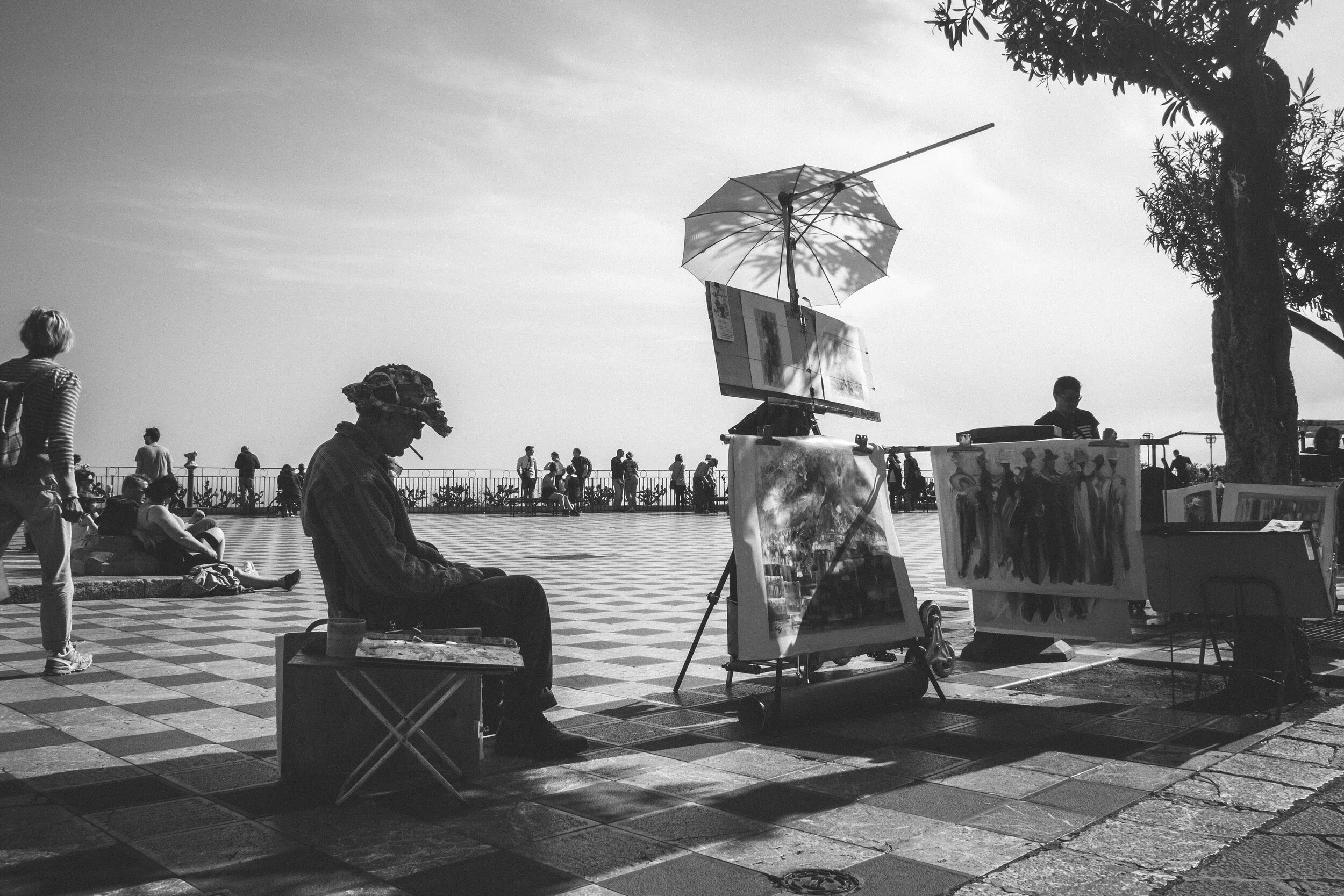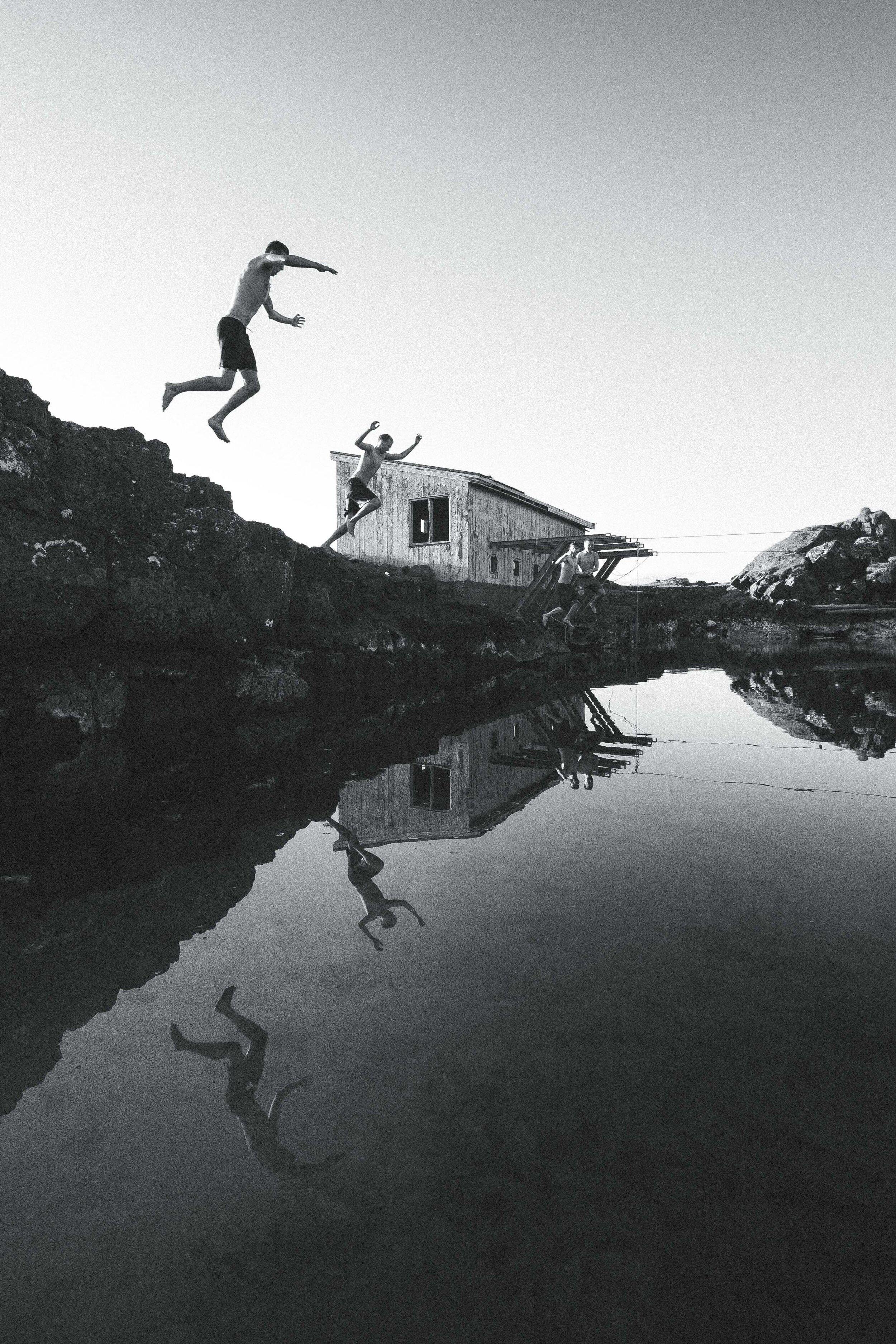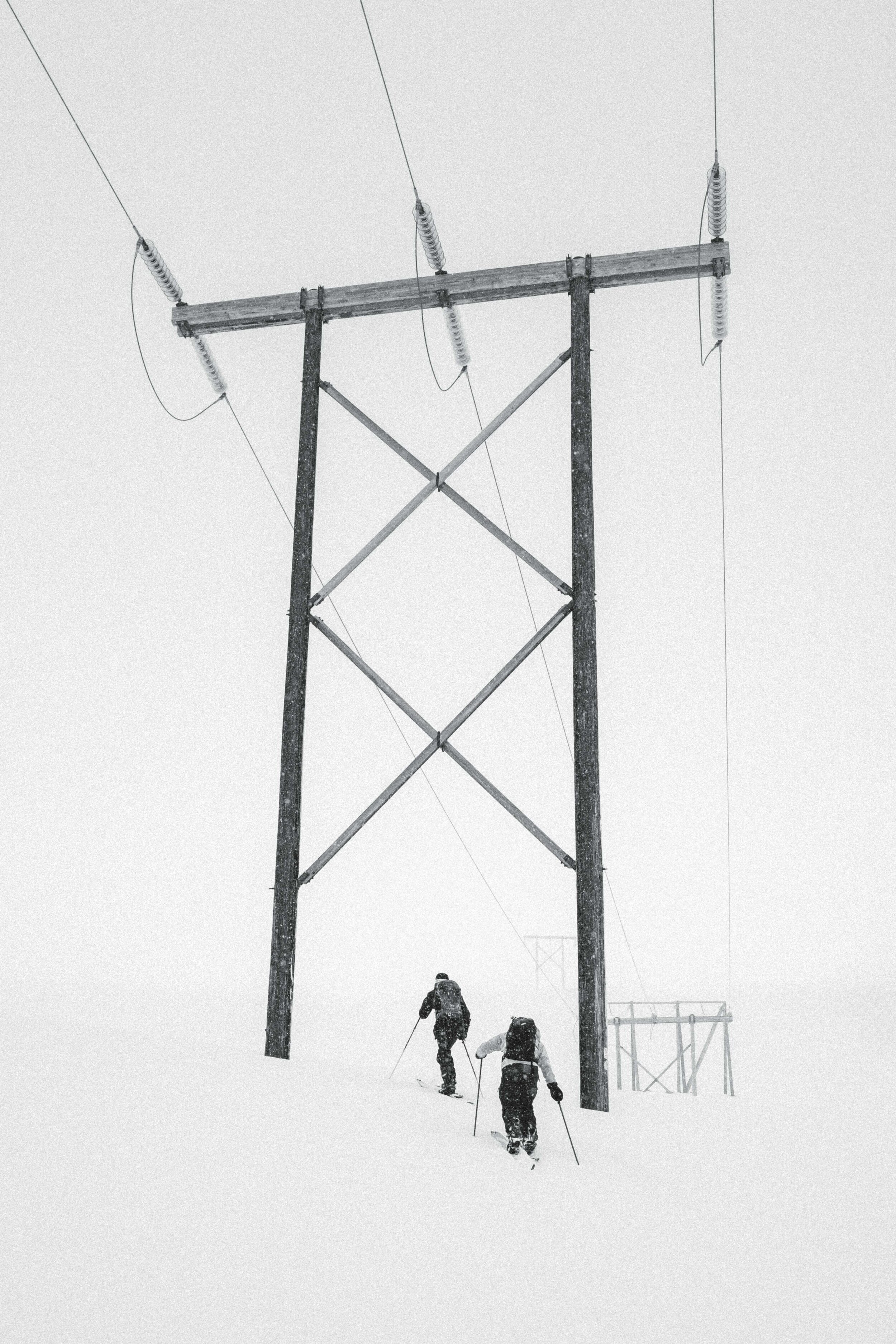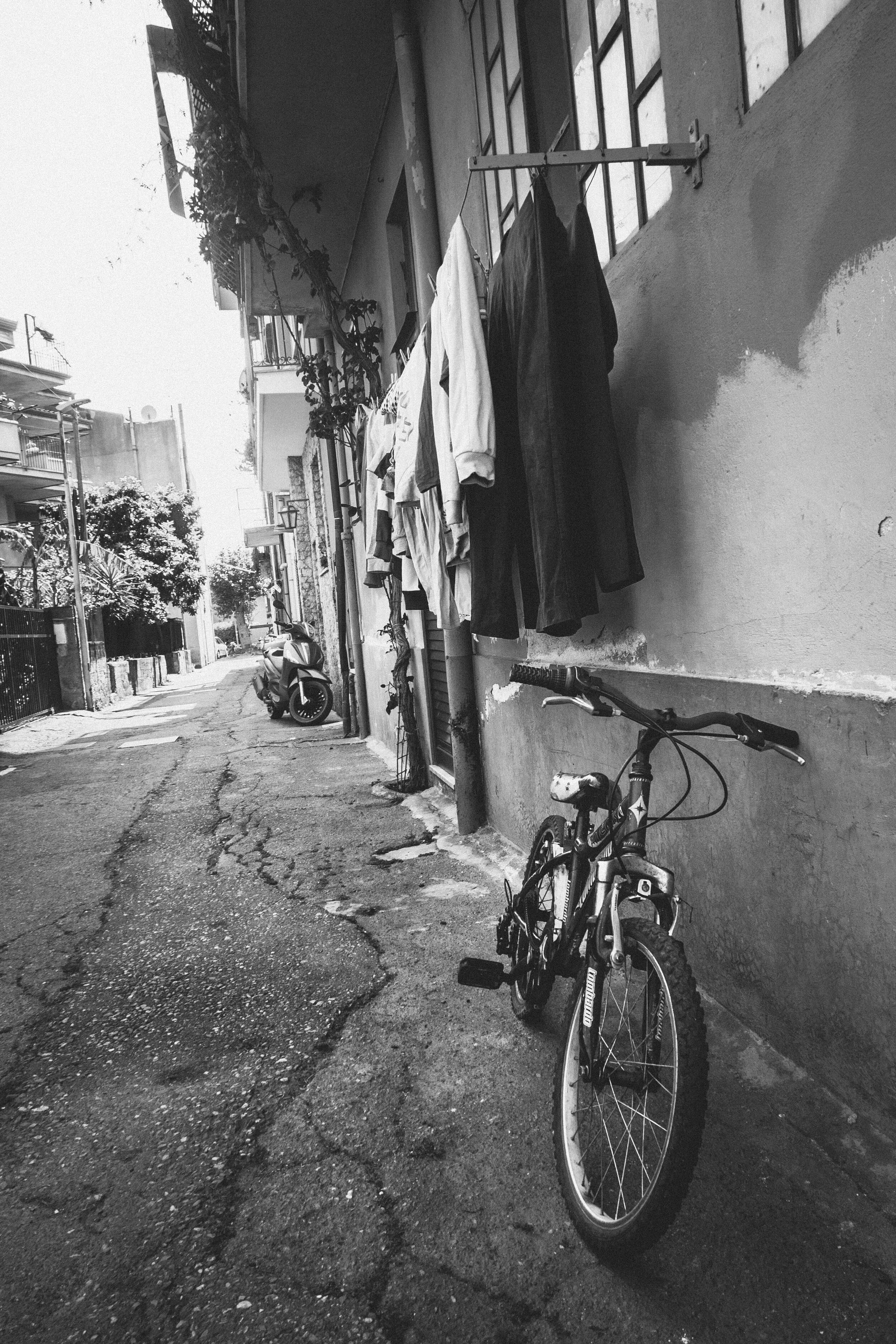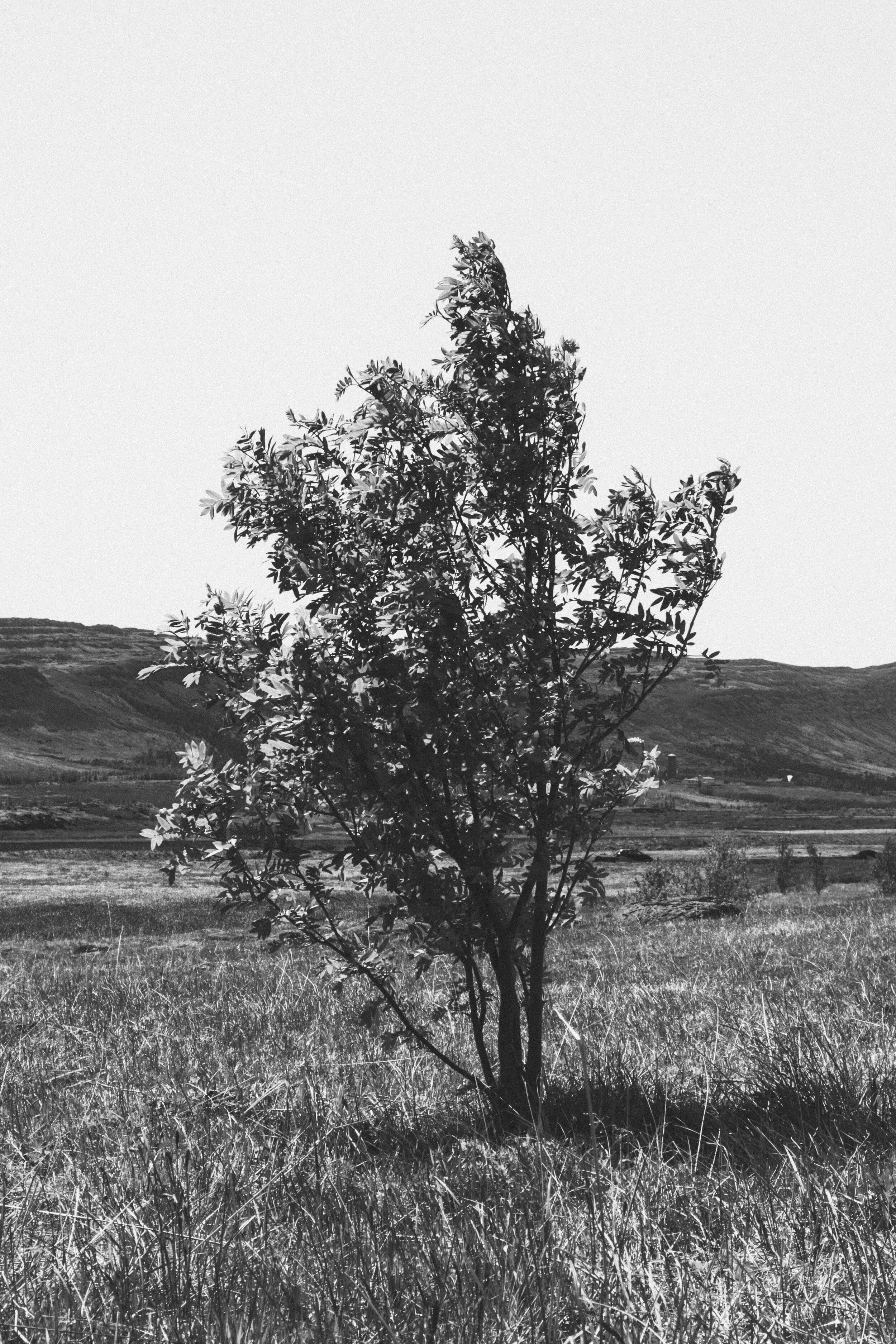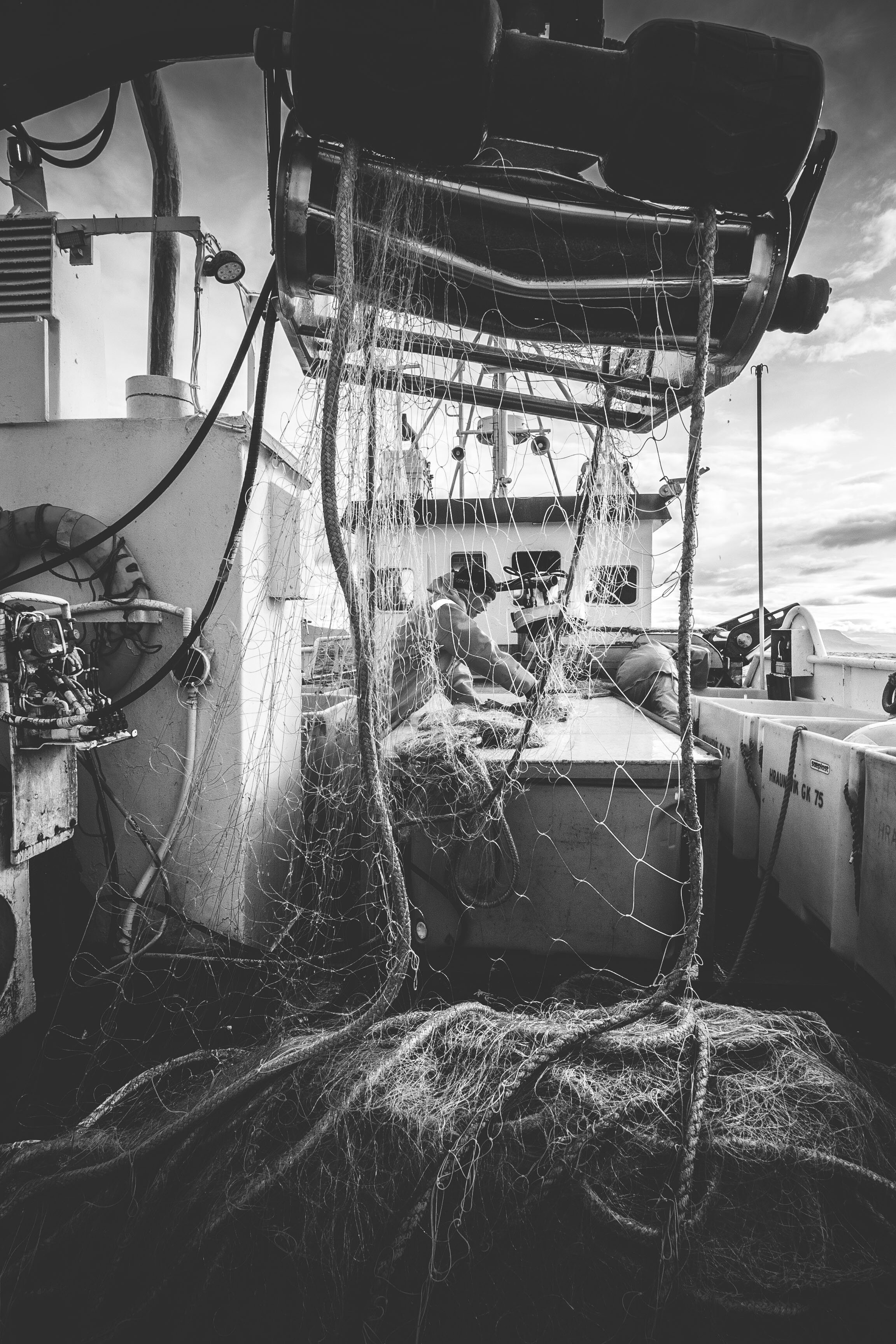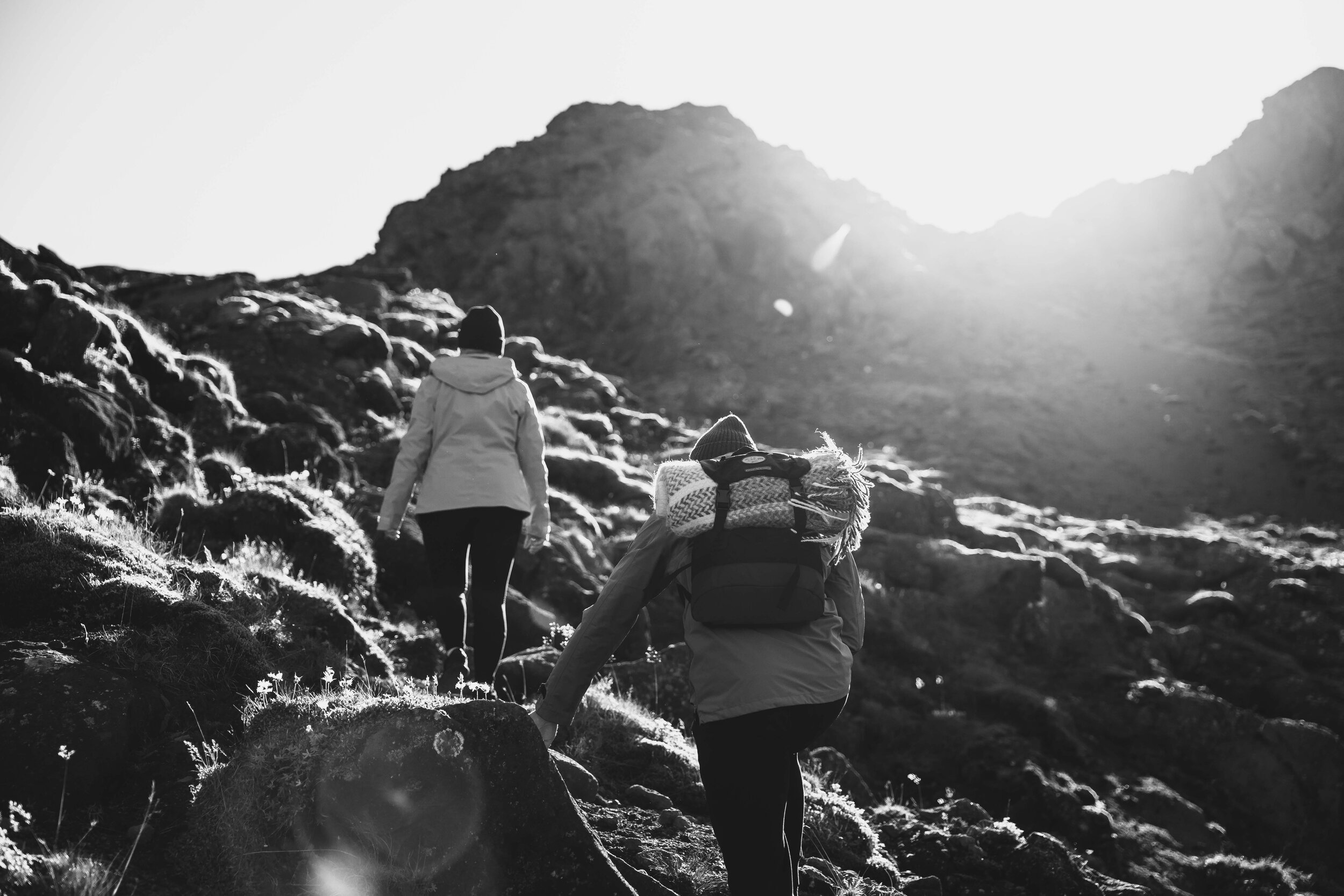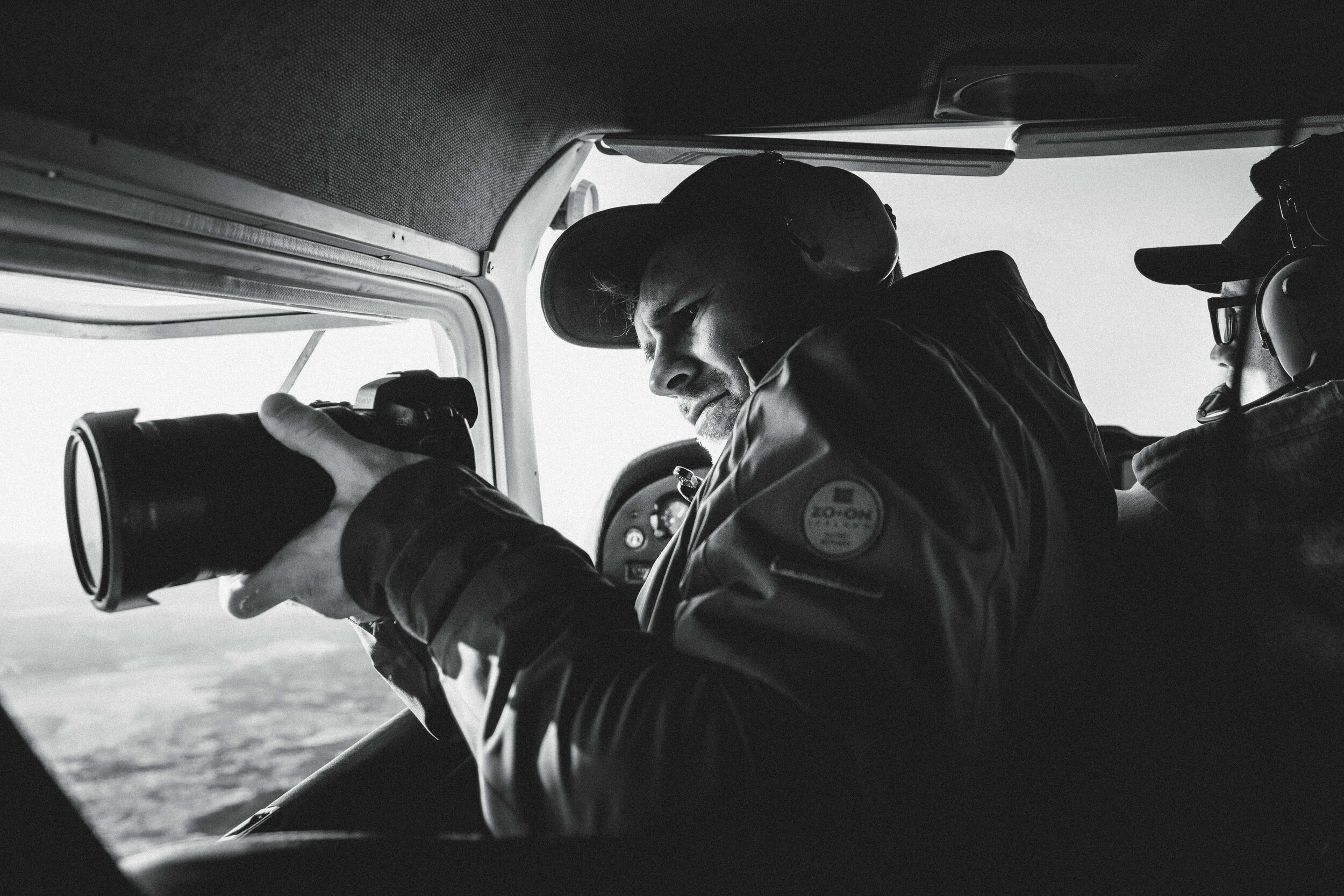Why shoot black & white? Why shoot at all? We all have our reasons, but I’m pretty sure most of us both want to enjoy what we do and get better while we’re at it. For me, black & white serves both those purposes. I’ve always been a big fan of black & white photography and two of my favourite photographers only shot/shoot in black & white (Frank Hurley & Ragnar Axelsson). I only recently started sharing some of mine and the response was a lot stronger than I had anticipated. Since the majority of images I see online is in colour, I wanted to quickly go over why I think it can be beneficial to shoot and/or edit in black & white. Let me know what you think in the comments below.
NOTE: All images shot by myself | Copyright of Þráinn Kolbeinsson (except the last one which was shot by Þorsteinn Roy).
Improving Compositions
We all like colours, colours are nice - and combined in a good way their effect becomes even more powerful. That’s one of the reasons why even sloppy photos can still grab your attention in a positive way. But when you remove those colours, you strip away everything but the compositional elements of the image. Lines, shapes and textures take the main stage and there’s no way of hiding behind an appealing colour palette. You know you have a strong composition when it still holds its own without any colours. So by thinking, shooting and editing in black & white from time to time - you’ll be training your eye for improved compositions.
2. Timelessness
I guess I’m far from the only one who strives for timeless images. It can be hard with all the ongoing and ever-changing trends but with black & white you instantly go a long way. A pretty mundane photo of something non-significant can suddenly get an historic feel to it. And when there’s not much in the image that gives an accurate clue about when it was shot (logo, building, clothing, etc.), that’s when I feel black & white really shines. This is one of the main reasons I like shooting and editing in black & white.
3. Less Distractions
By removing colour from the equation, you begin to focus more on the key elements of an image (light & composition). Also if you’re editing a “messy” photo with a lot of colours, turning it into black & white can be a good way of putting the focus in the image back where it should be. Take this image of a homeless person below (I’m guessing) sleeping under this tunnel - there were many colours in the image (blue sky, red double-decker bus, lots of clothes, buildings & more). Even though the person is framed by the tunnel, there was too much going on with all the colours and noise.
4. Sensitivity to Light
After focusing on black & white for some time, I found that I had become more sensitive to light and its interaction with other elements in the photo. So by giving up golden hour light and beautiful colours, I feel I gained back in a positive shift in how I perceive light - its direction, intensity etc. Slowly getting better at reading and utilising different elements of light to serve the overall impact of the image. Pretty sure this could translate well into videography as well.
5. Break Free from Trends
There have definitely been some subtle trends within black & white photography, but I feel they must have been less obvious than in colour photography. Every month there seems to be a new trend (teal/orange, insanely crushed blacks, brightly coloured strobe lights, small-puddle-mirror-shots etc.) and conforming with them can turn into a chase that never ends. During that chase, you can lose track of your own natural development as a photographer. One way of breaking free from those trends is returning to the basics. Whether it be black & white or something else is up to you, but it’s definitely a valid start.
6. Harsh Light
There’s a good reason that harsh light is rarely one of photographers’ favourite conditions. Dynamic range can be extreme with blown highlights and hard shadows, colours can look washed and the scene generally looks way less pleasing than with a softer light. Many don’t even bother going out to shoot in the midday sun (often guilty myself). BUT, here’s where black & whites can actually come in handy. Since colours don’t matter and hard contrast is often the goal, you can very well create beautiful black & white images when the light is harsh by utilising that natural contrast. See, now you have something to do during midday - you’re welcome!
7. EVERYTHING IS IN COLOUR
Most of us go through life seeing everything in colour and even though I stand by my statement that colours are nice, they are the norm - the default. By shooting/editing in black & white you instantly create something out of the the ordinary. And even though most people I talk to are big fans of B&W images, they’re probably less than 0.1% of the photos you see from day to day. Going black & white every now and then is definitely not the craziest thing you can do, but it’s a fun and easy way to set yourself a little bit apart from what most people are doing.
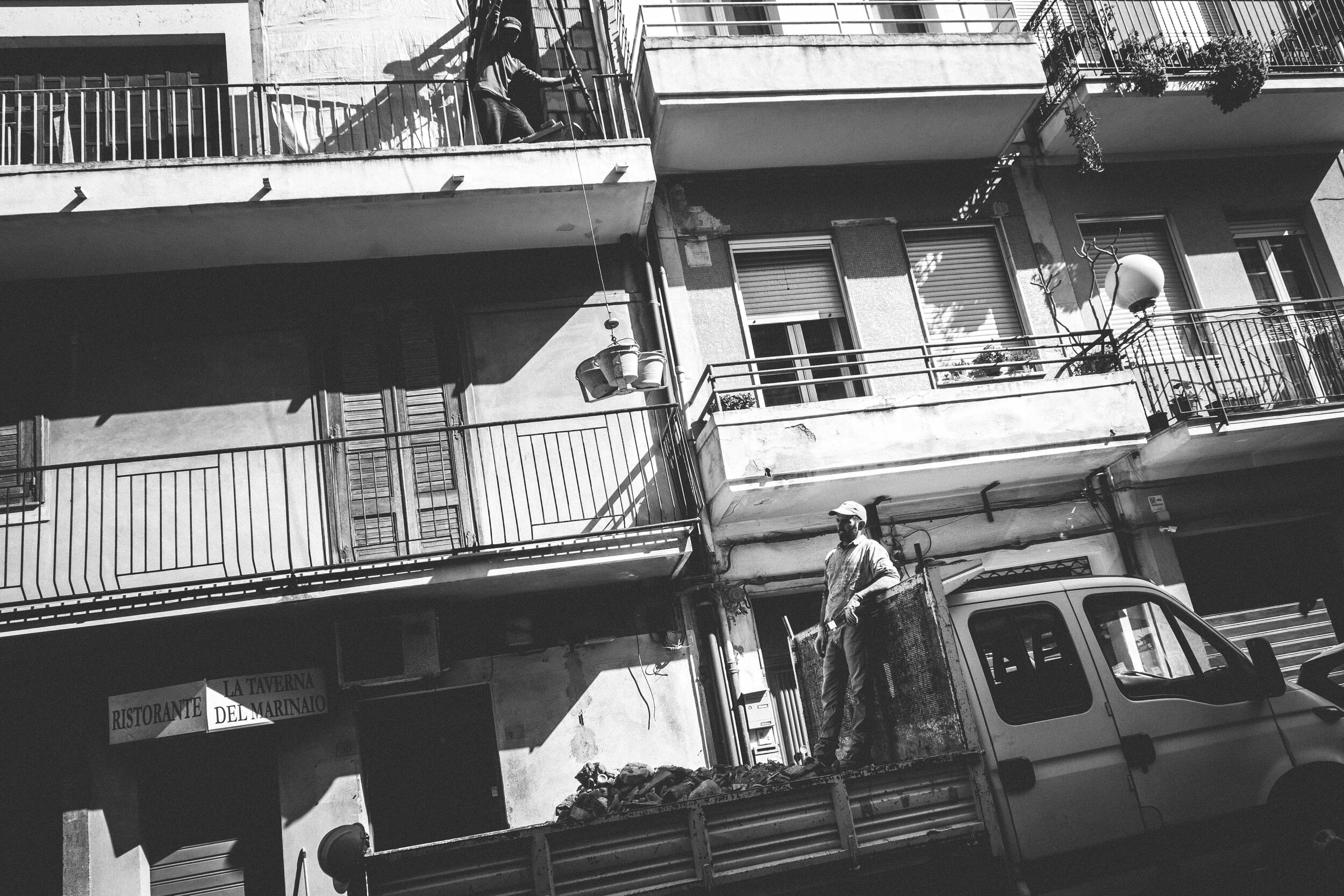
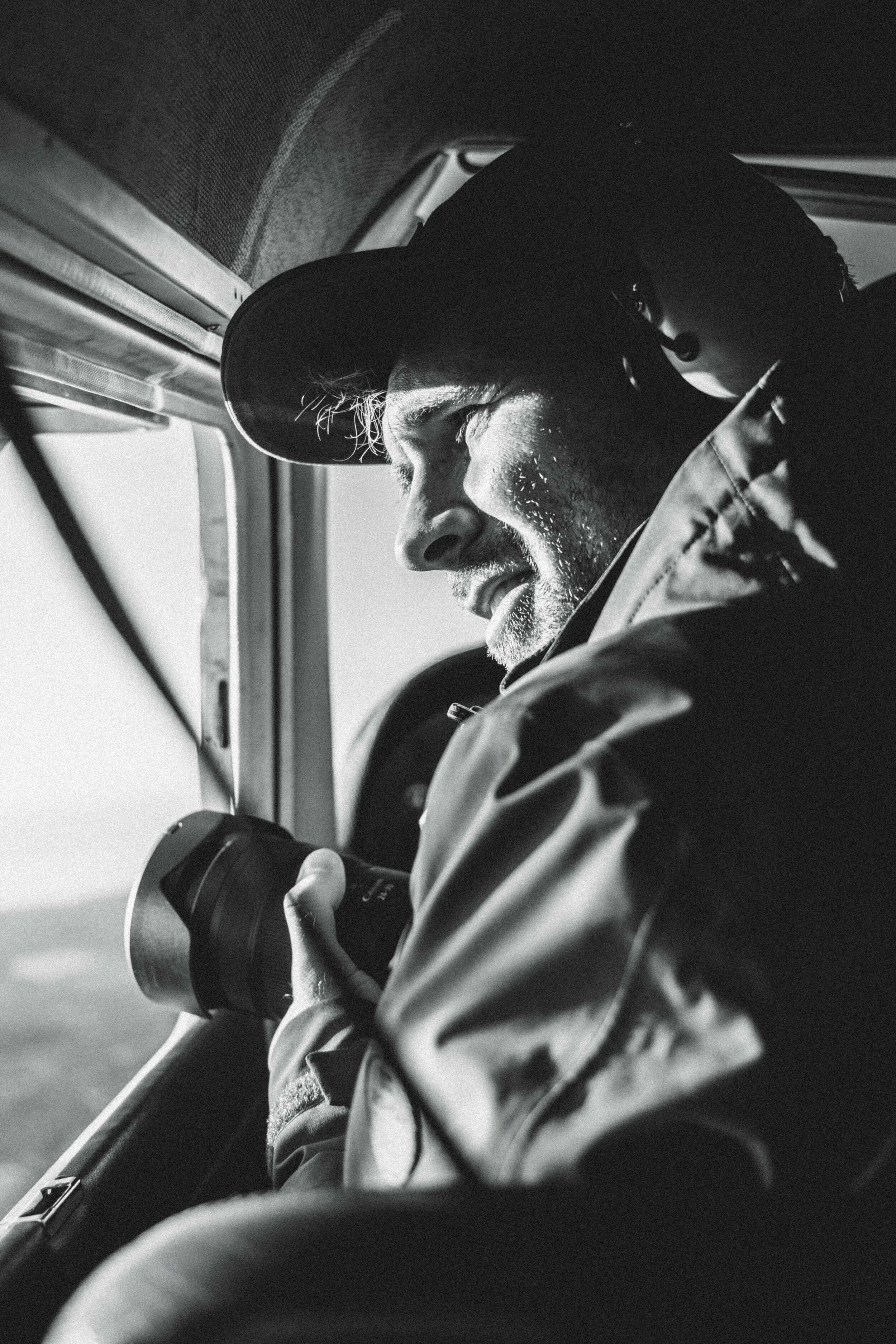
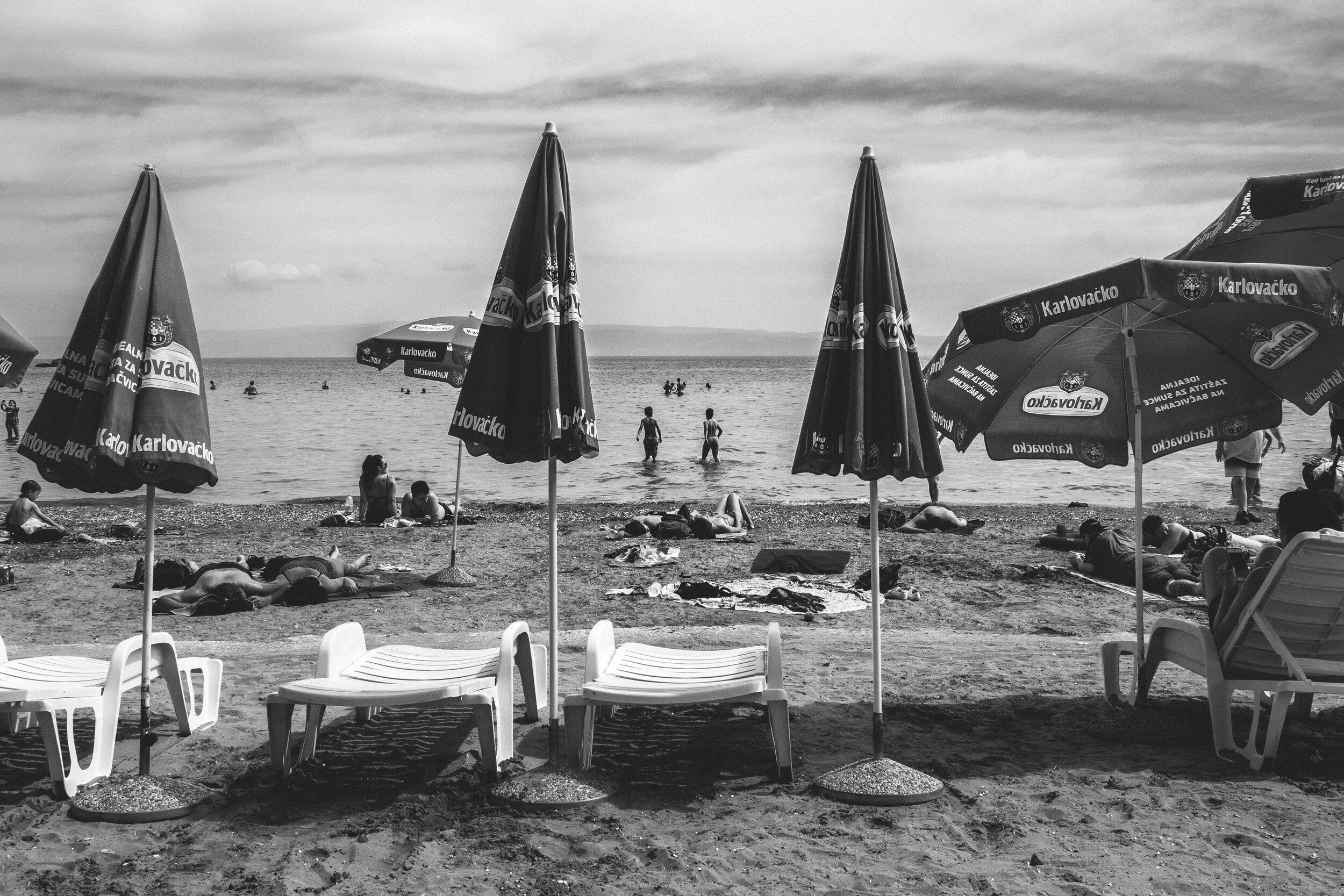
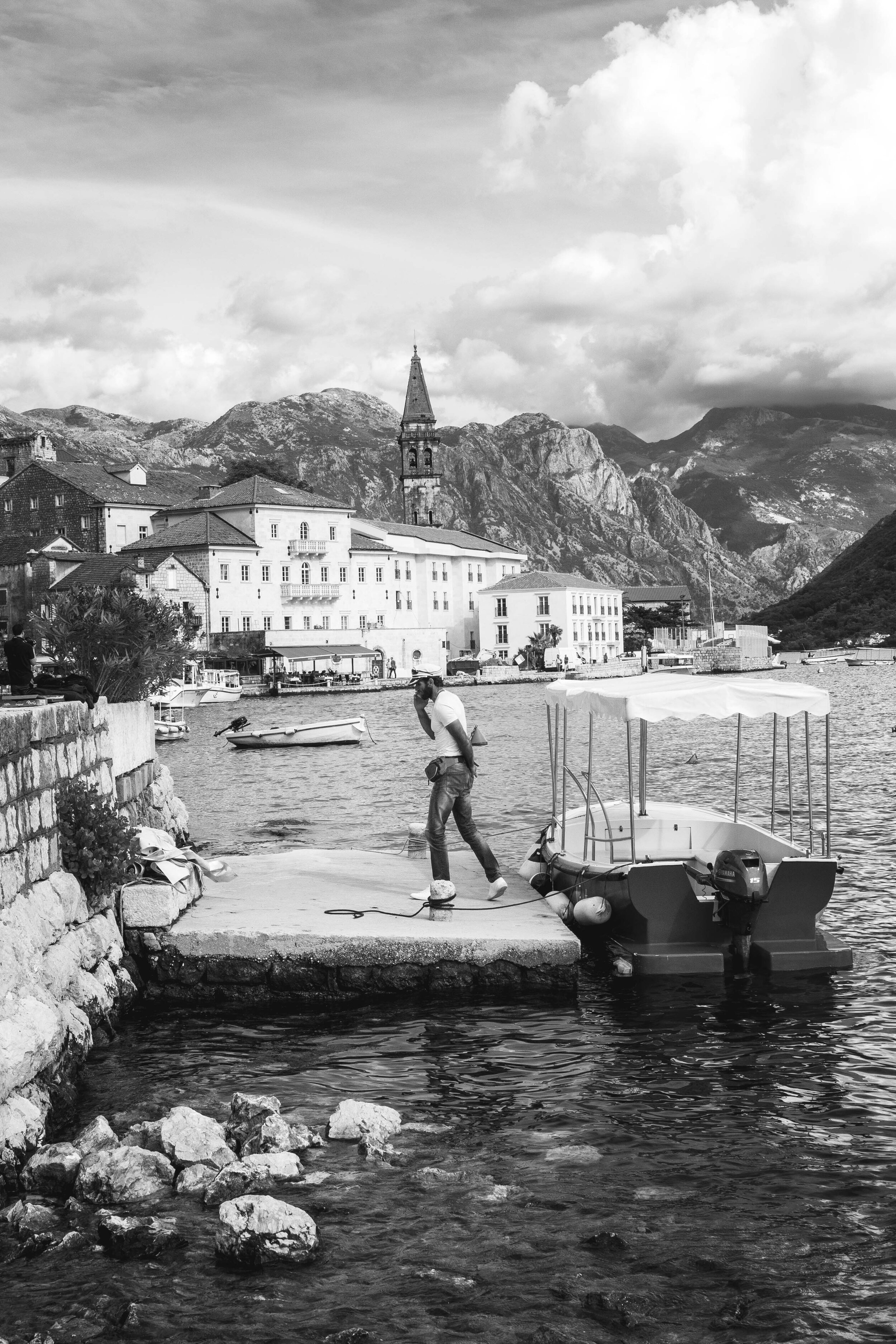
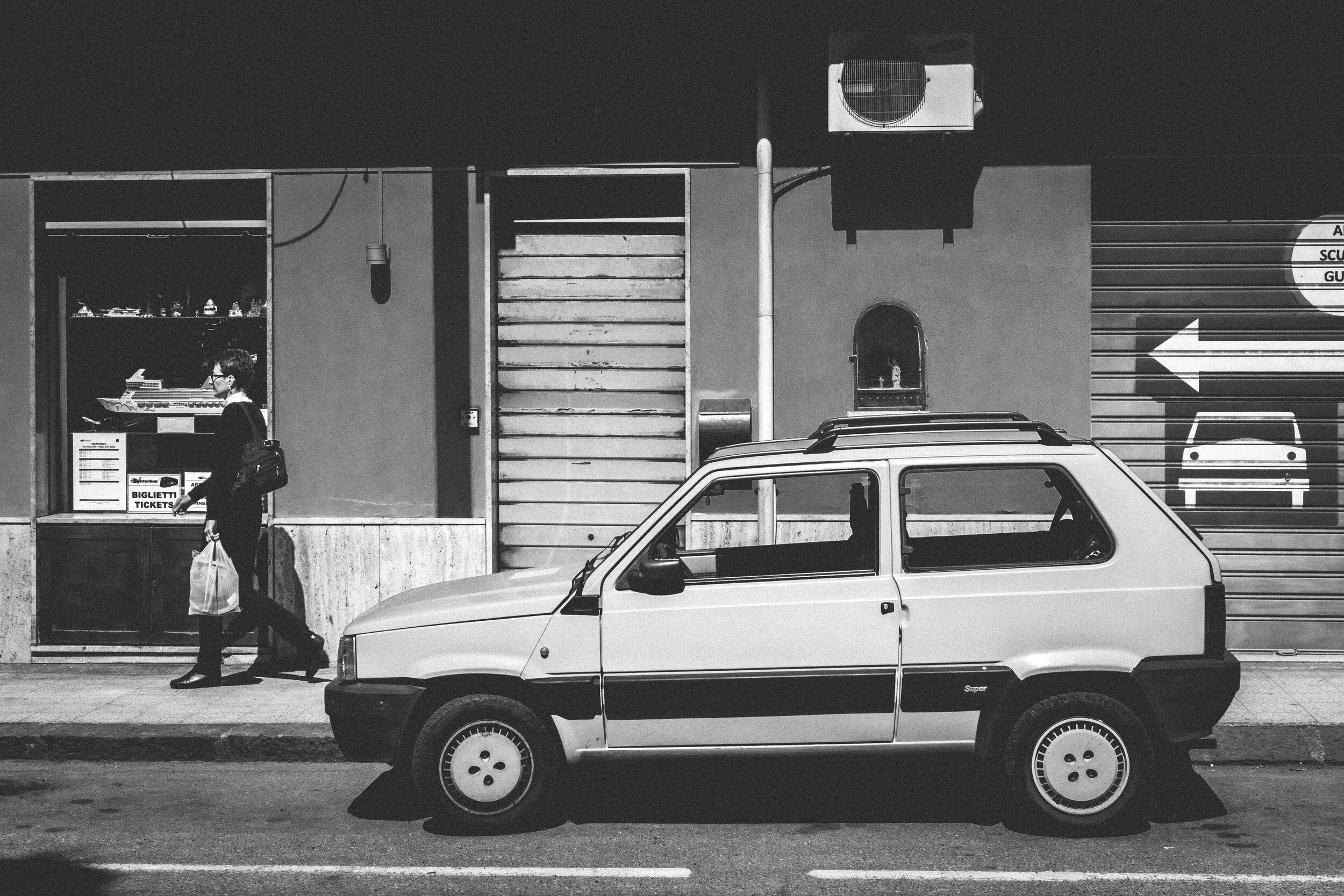
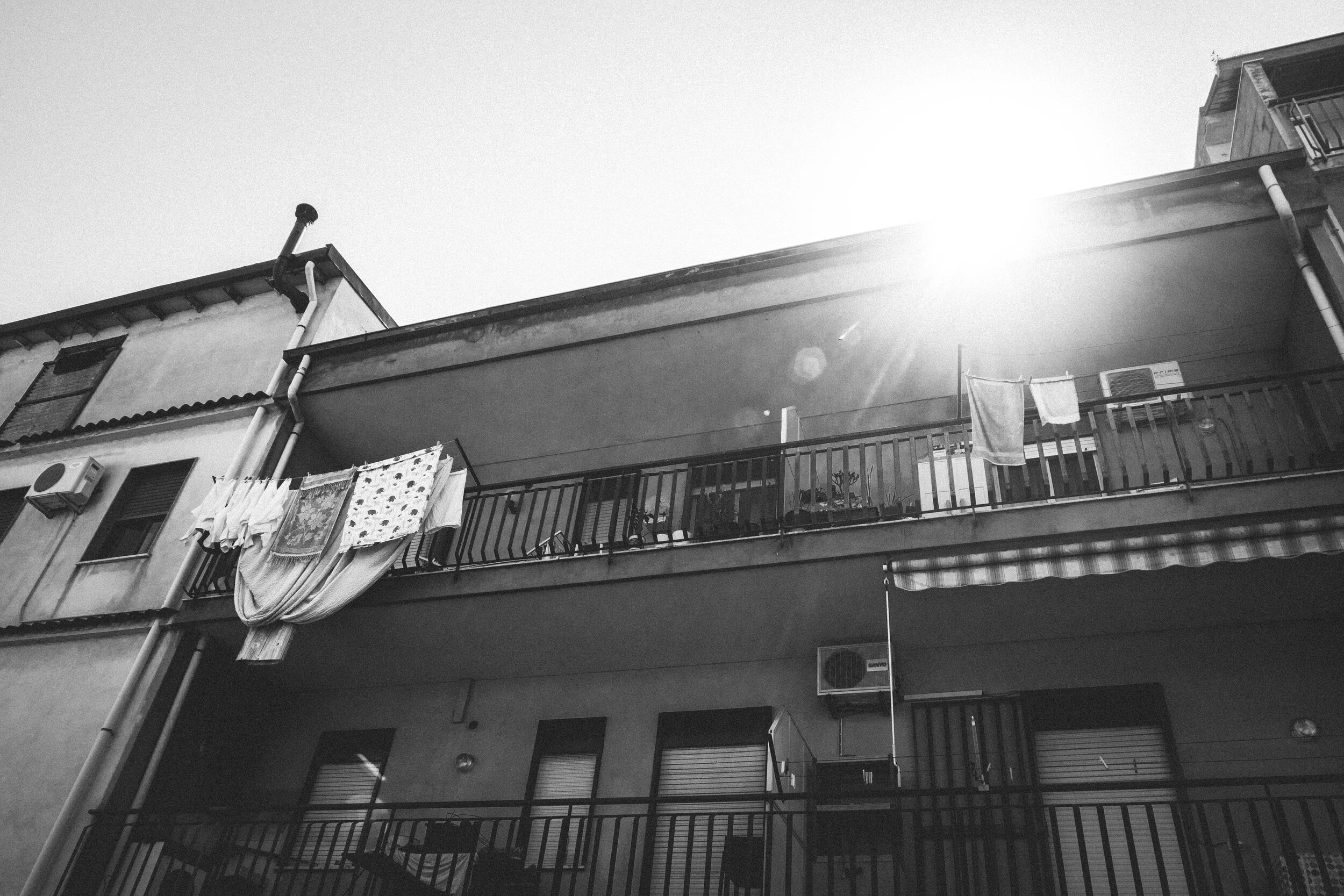
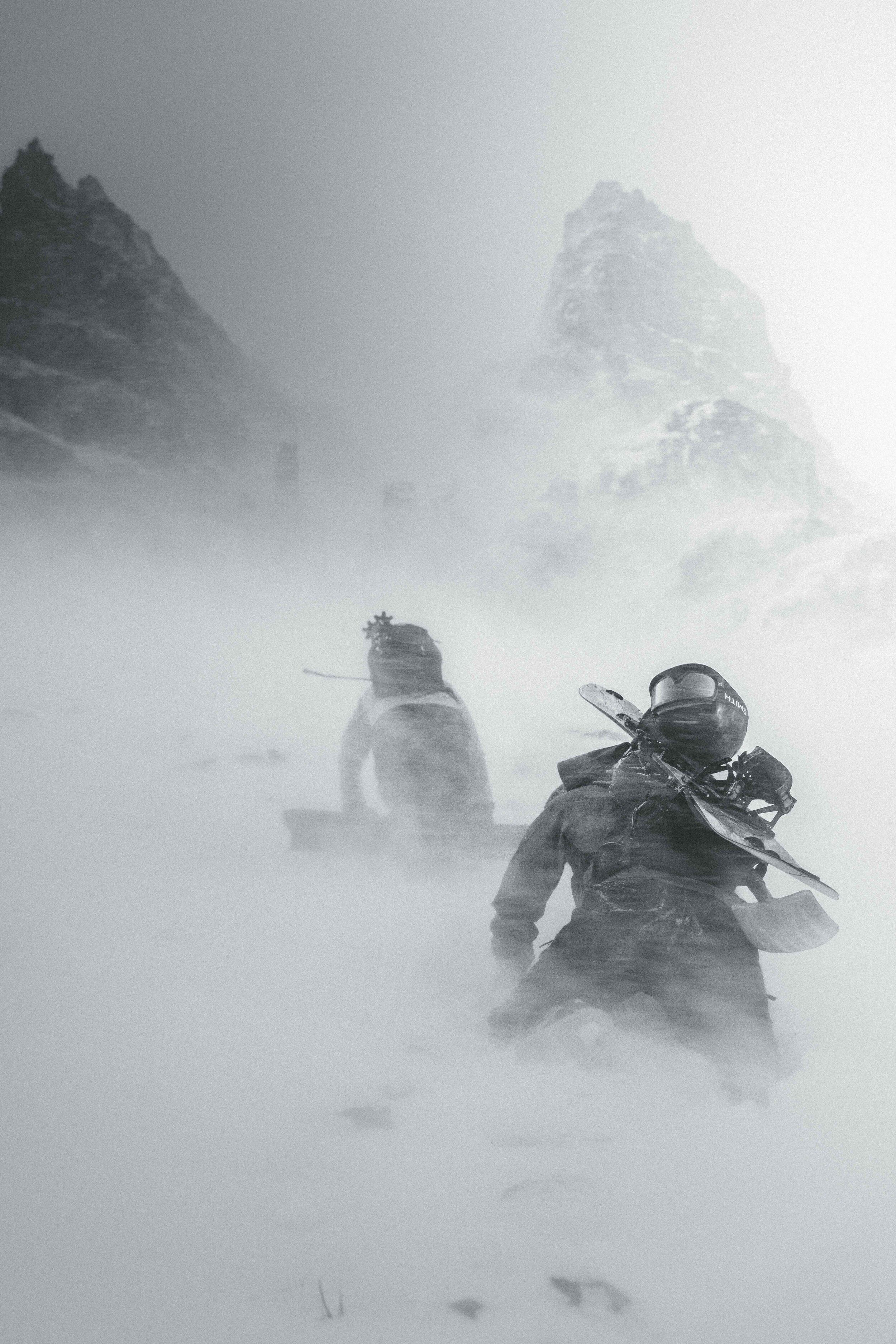
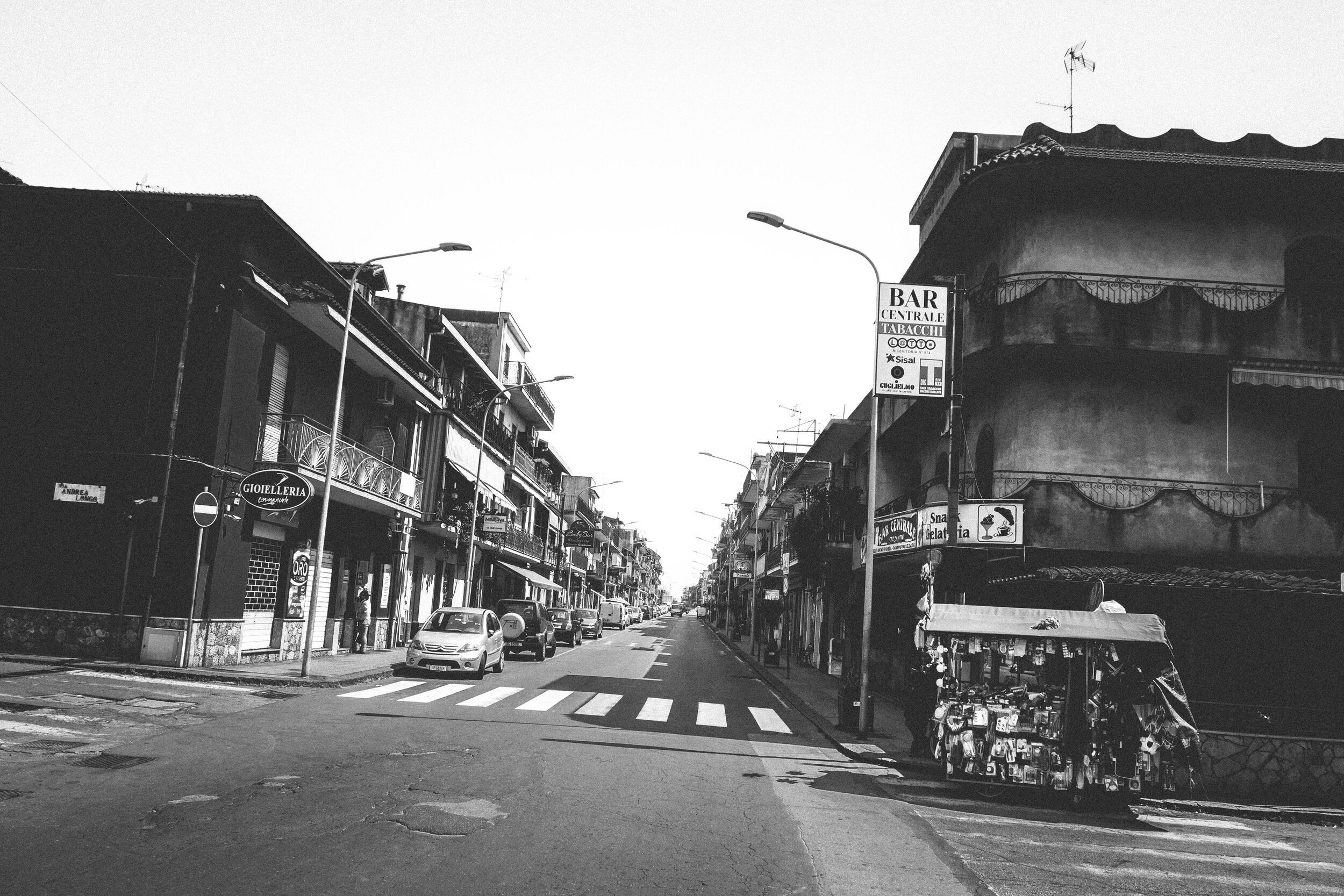
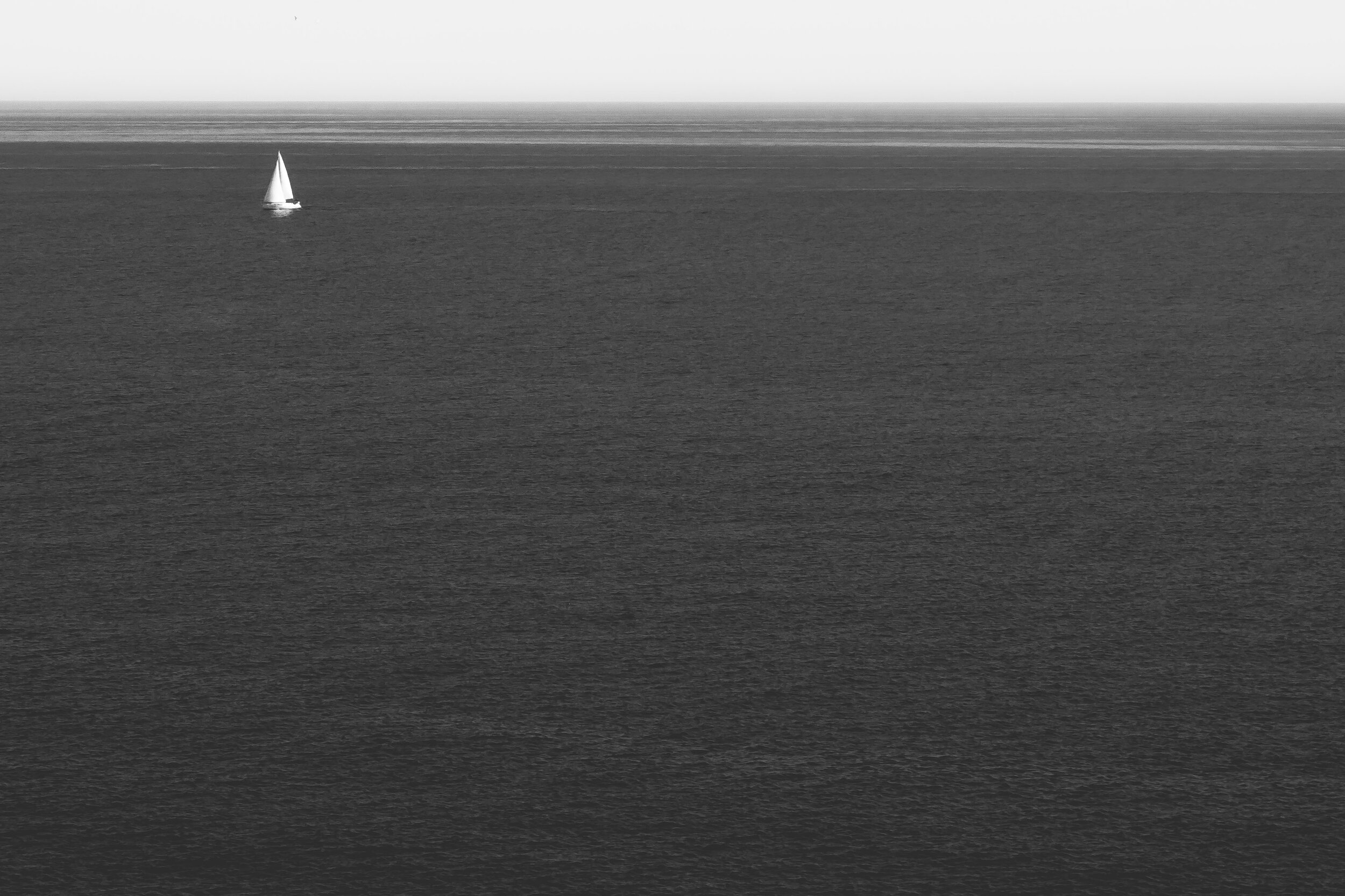
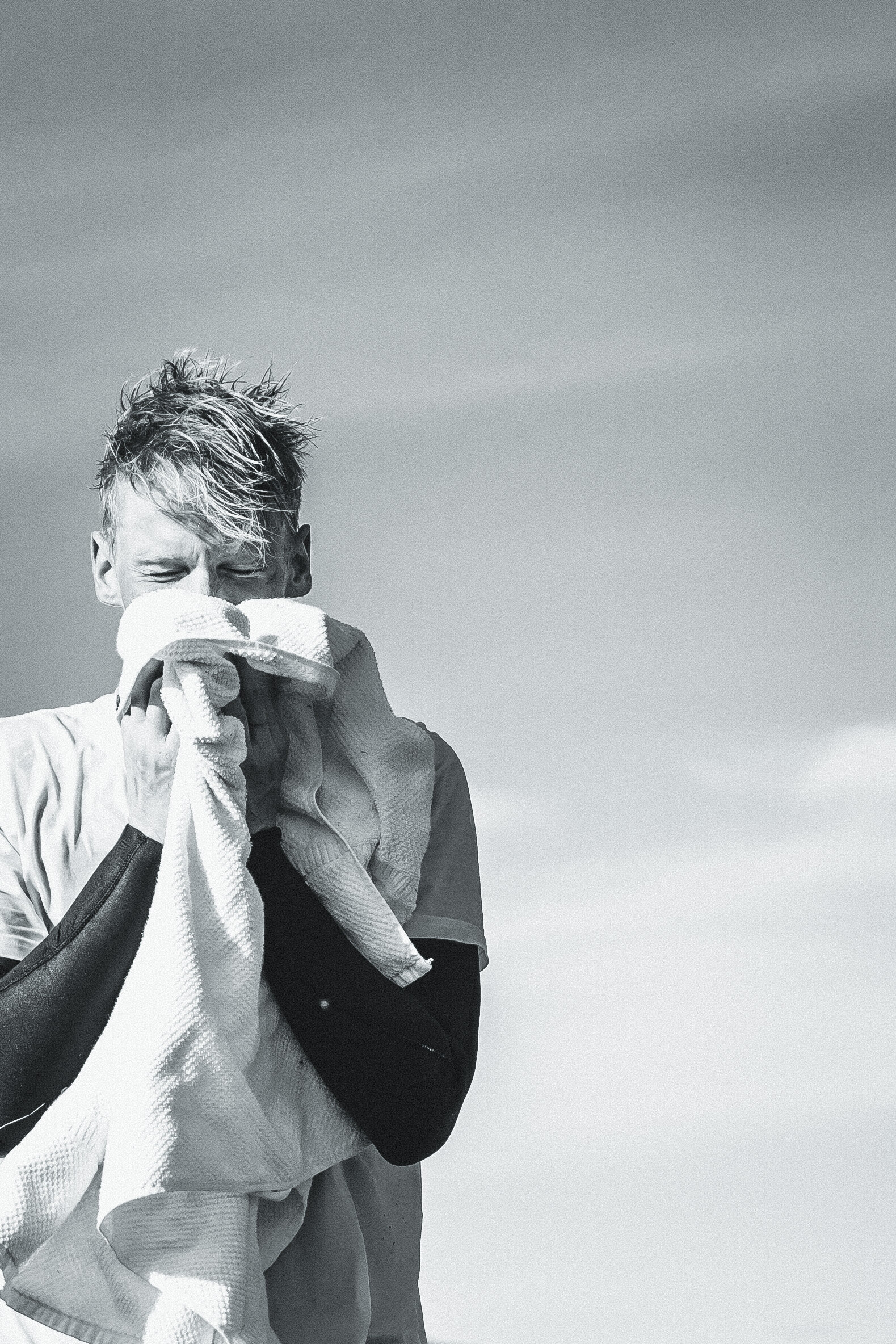
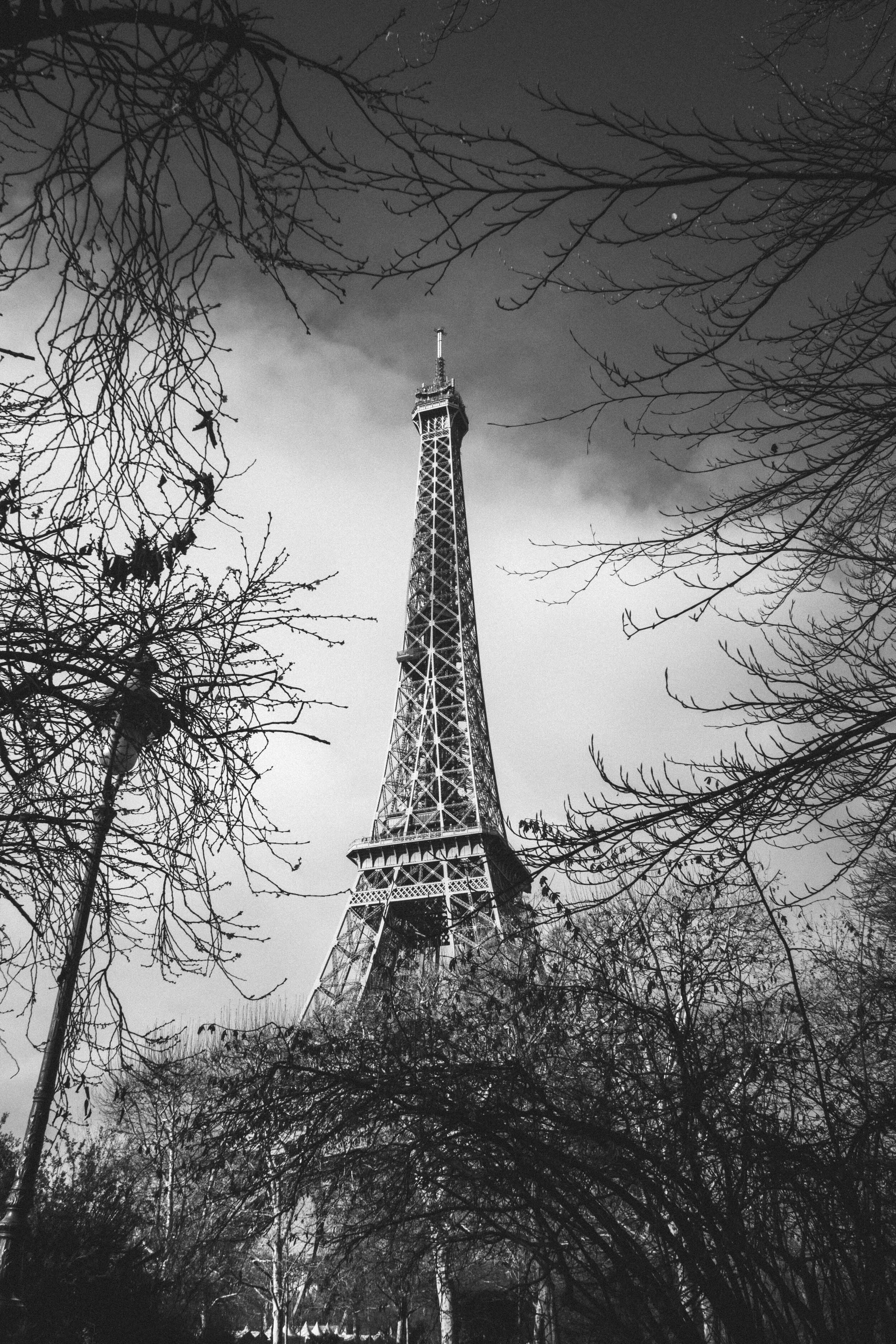
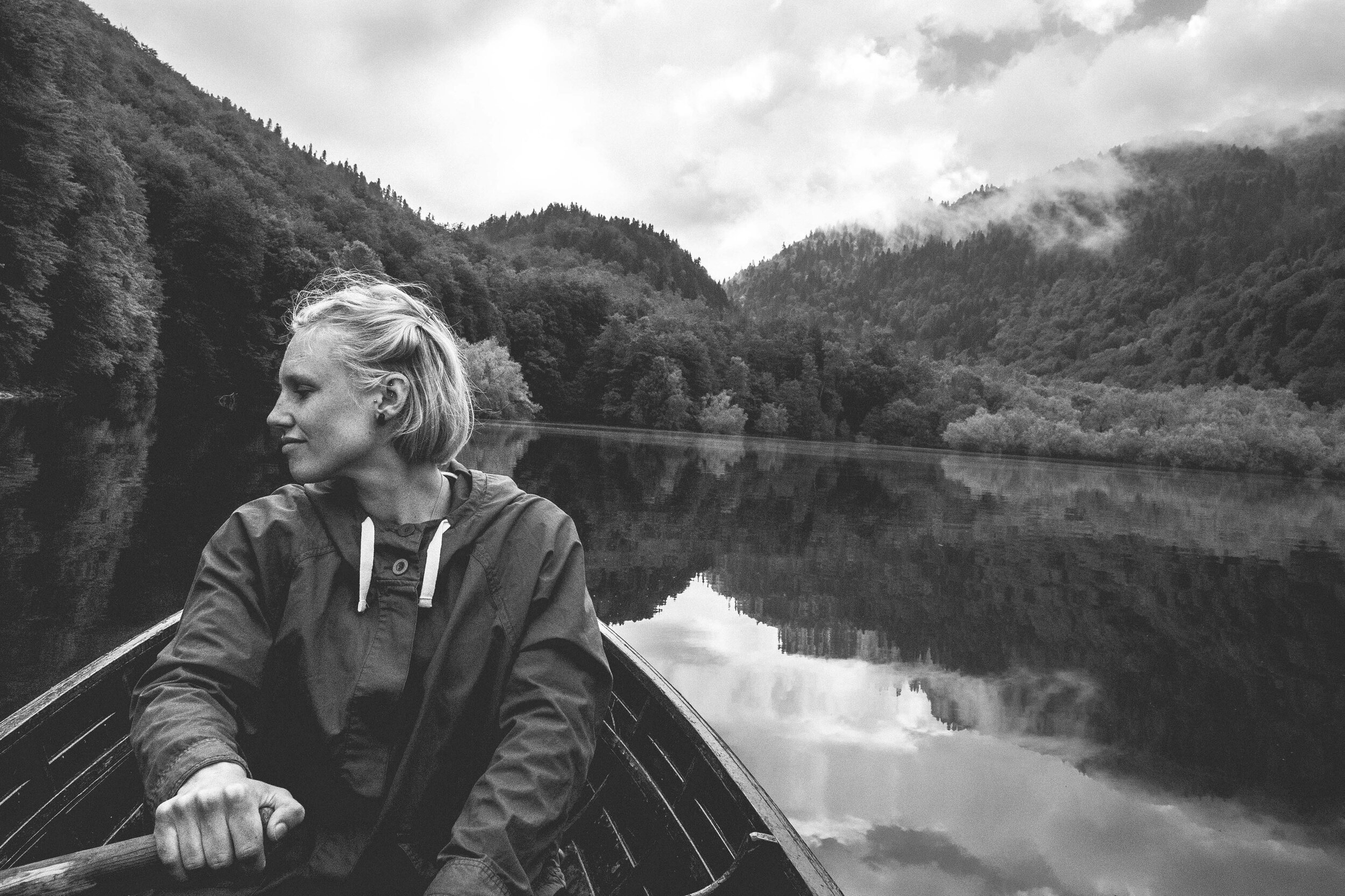
How to put this into practise?
Now I’ve covered my current reasons for mixing up my shoots and editing with black & white and why I think it could benefit you as well. But how can all this be put into practise? Here are a few ideas that could help you get started:
Make it a personal challenge and actually shoot B&W films for some time.
Try to think in B&W when you shoot (focus on contrasting elements, compositions, light etc.).
Shoot RAW and configure your camera so it displays the JPEGs in B&W, that way you can quickly get a feel for what type of photos you like.
That’s it for now - I hope you liked it and I’d love to hear your thoughts in the comments.
Thrainn Kolbeinsson
Shot by the great Þorsteinn Roy


